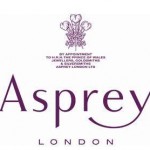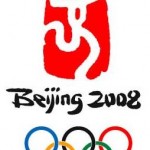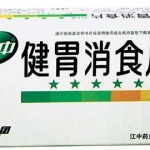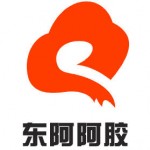Market of Childrenswear in China
Current Underdeveloped Chinese Childrenswear Market
According to statistics, China has a vast number of childrens under 14 of age, which is about 216 million up to data from 2011, because of the sheer size of the country. This increase means a large potential market of children’s products, including childrenswear. However, results of China’s childrenswear market are not in accordance with its market size, with only 12 million U.S. dollars in 2011 while in the US, with only 61 million children under having 14 of age, has a value of 28 million U.S. dollars.
Rising Purchasing Power Provides Further Chance for Childrenswear Market in China
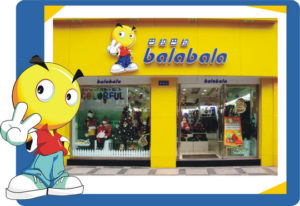 Chinese per capita annual disposable income has risen by 88% since 2006, which allows parents to spend more money on their children. Especially urban parents, who have the most striking increase of income and under the policy of the one-child policy, spend more money than ever on their children.
Chinese per capita annual disposable income has risen by 88% since 2006, which allows parents to spend more money on their children. Especially urban parents, who have the most striking increase of income and under the policy of the one-child policy, spend more money than ever on their children.
According to a recent market research in China, expenditure on children’s apparel per household rose to 237 yuan in 2011 from 166 yuan in 2006, which shows a 43% increase in only 5 years.
Childrenswear Brand Position in China
Local children’s apparel manufacturers begun their step first hence they had been taking a leading position. In 2011 domestic brands of childrenswear still accounted for a larger share of retail value sales than international ones.
In the 10 leading brands of children’s wear, 7 are local, with Balabala and Semir as leading brands.
- Balabala has retail value share of 3% in China.
- Dadida, Pepco and Annil are increasingly targeting at market of China.
- Sports brands Nike and Adidas have entered the battlefield of apparels aimed at children and teenagers.
- Luxury brands Baby Dior outlet was opened in April 2010.
- Luxury brands Burberry, D&G and Armani introduced childrenswear in 2011.
- Local sports brands Septwolves, 361 Degrees and Li Ning expanded business to childrenswear in 2012.
- Sports brands Li Ning opened over 600 stores specializing in children’s apparel in 2012.
- Chinese footwear giant Belle International Holdings announced its intention in late 2011 to expand in to market of children’s footwear.
- Fashion brands Zara and Uniqlo have both incorporated fashion-conscious elements into their childrenswear products.
The Inevitable Collision of Local and International Brands in China
Domestic brands have been taking leading position for a long time in the Chinese market. But recently domestic brands have already fallen behind in the top tier cities, caught up by international brands. At the same time, the consumers in third and fourth tier cities that domestic brands focus on are still loyal to local brands. However, international brands have been trying to accelerate their penetration to lower-tier cities by playing lower pricing and multi-brands cards. Hence it seems, as it is shown by a recent market study in China, that the childrenswear market in China is definitely facing a great collision, with both domestic and international brands wanting a share of the huge potential of the Chinese market.
Edited by Amy Wang from Daxue consulting China (Branding in China)
fashionbi.com/





